
Quick with WIC: 10 Snacks for Preschoolers in under 10 minutes
- Home
- Live Well Blog
- Quick with WIC: 10 Snacks for Preschoolers in under 10 minutes
 These snack ideas are not only quick and easy to prepare, but also provide a good balance of nutrients to keep little ones satisfied and energized throughout the day.
These snack ideas are not only quick and easy to prepare, but also provide a good balance of nutrients to keep little ones satisfied and energized throughout the day. 
NOTE! Children can choke on any object small enough to enter their airway. This includes nuts, seeds, raisins, whole grapes, raw veggies, and small pieces of food. Snack time, along with any other time your child is eating or drinking, is a time for sitting.
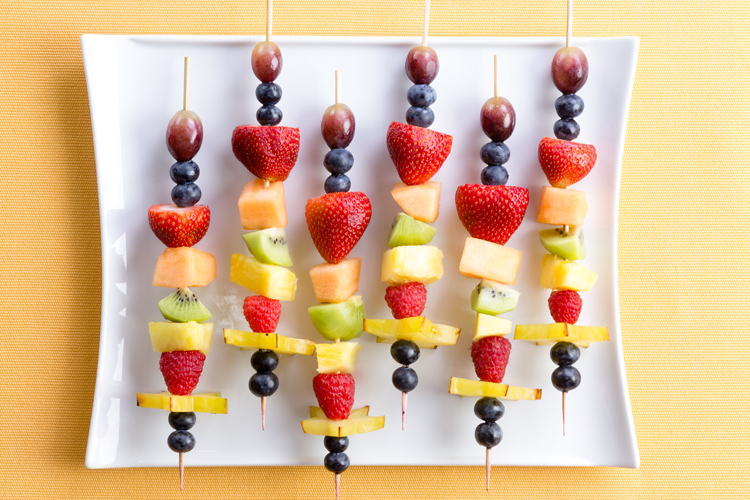
 Fruit Kabobs
Fruit Kabobs 
Thread small, quartered pieces of WIC-approved fruits (such as grapes, strawberries, pineapple, and melon) onto wooden skewers for a colorful and fun snack.
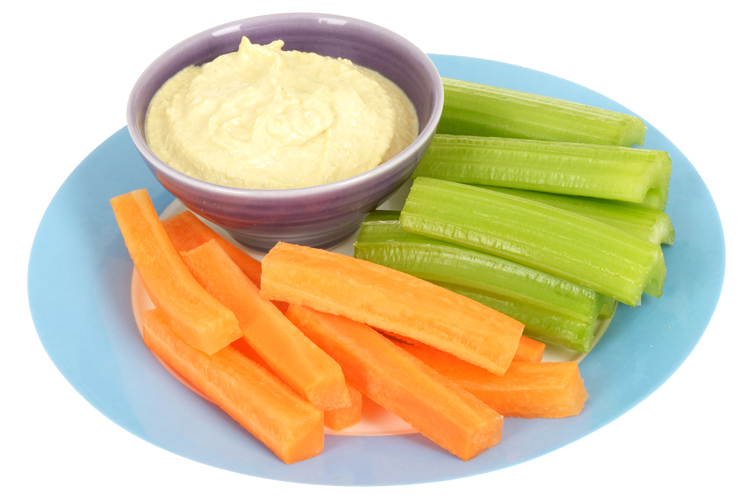
 Vegetable Sticks with Hummus
Vegetable Sticks with Hummus 
Serve very thinly sliced, WIC-approved vegetable sticks (such as carrots, cucumbers, and bell peppers) with a side of hummus for dipping.
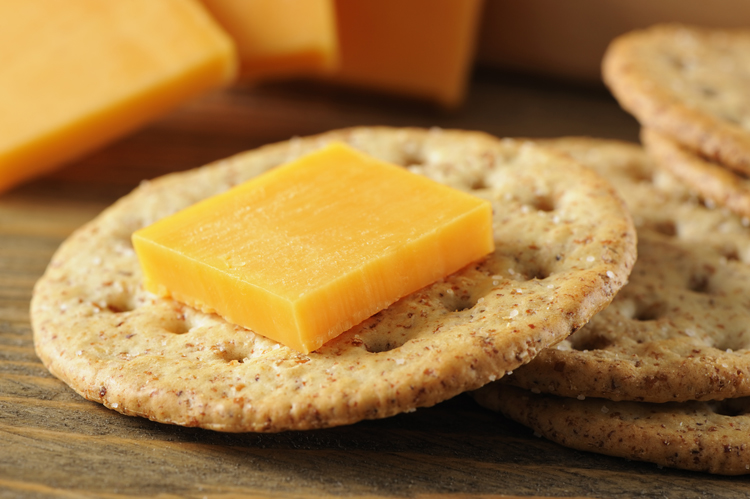
 Whole Grain Crackers
with Cheese
Whole Grain Crackers
with Cheese 
Offer whole grain crackers with slices of WIC-approved cheese (such as cheddar or mozzarella) for a satisfying and nutritious snack.
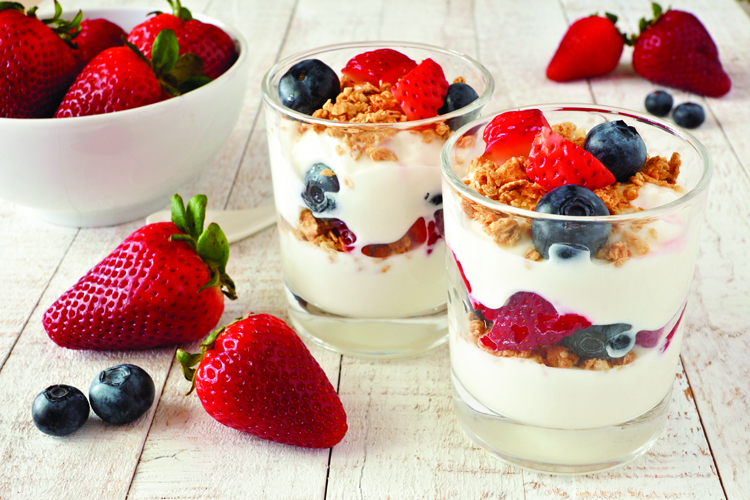
 Yogurt Parfait
Yogurt Parfait 
Layer WIC-approved yogurt with granola and sliced fruits (such as bananas, berries, or peaches) in a small cup or bowl for a delicious and creamy snack.

 Mini Quesadillas
Mini Quesadillas 
Fill small whole wheat tortillas with shredded WIC-approved cheese and beans, then fold and lightly toast in a skillet for a tasty and protein-packed snack. Serve with salsa.
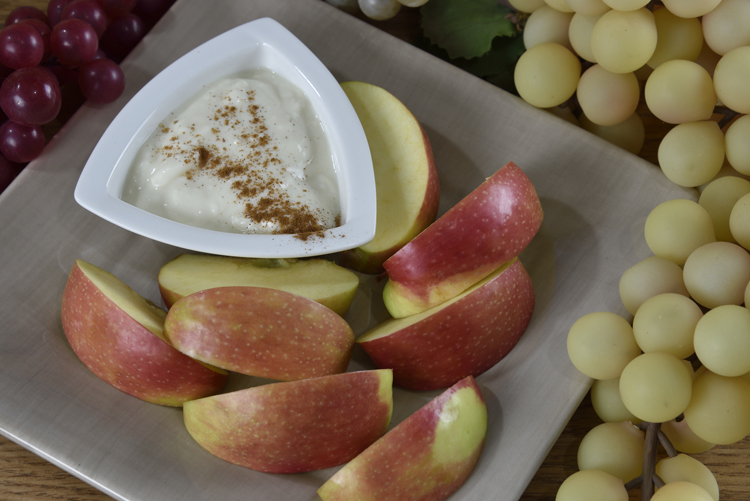
 Vanilla Cinnamon Fruit Dip
Vanilla Cinnamon Fruit Dip 
Place 1 cup of WIC-approved vanilla yogurt in a bowl. Mix in 1/8 teaspoon cinnamon (or to taste). Serve with thinly sliced apples for dipping.

 Apple Sandwiches
Apple Sandwiches 
Thinly slice apples horizontally and remove the core. Spread peanut butter or almond butter on one apple slice and sandwich another slice on top. Optional: add granola or blueberries between the slices for extra flavor and crunch.
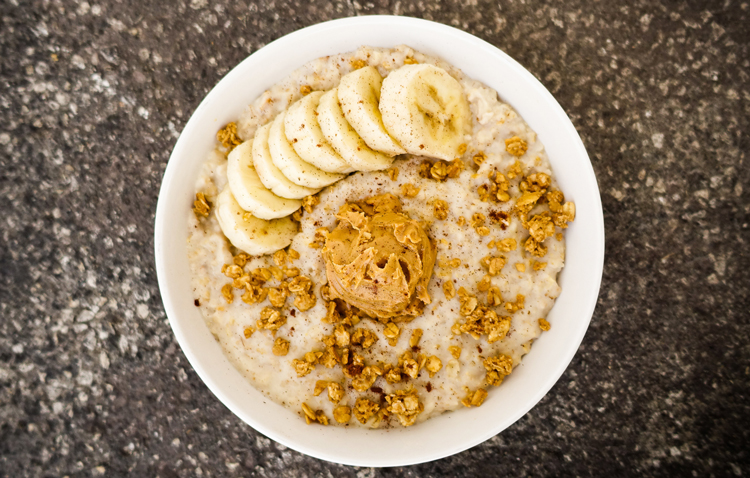
 Peanut Butter & Mashed Fruit Oatmeal
Peanut Butter & Mashed Fruit Oatmeal 
Cook oatmeal according to package directions. Stir in a spoonful of peanut butter and mashed fruit (like bananas, blueberries, strawberries, or raspberries). Mix until well combined and serve warm.
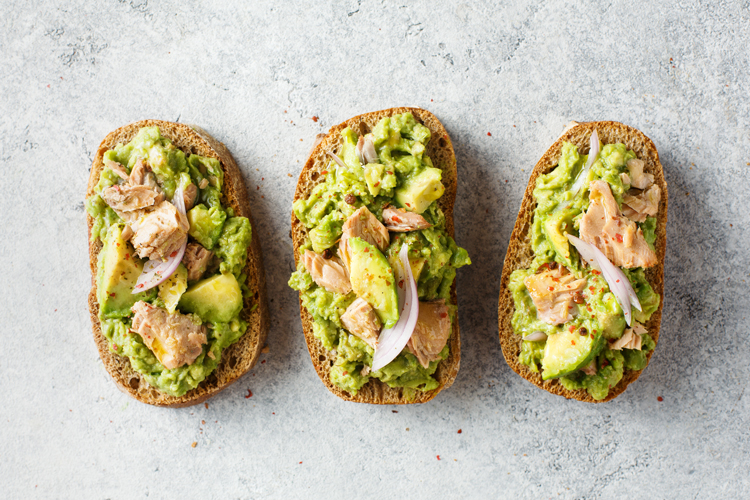
 Mashed Avocado & Tuna Toast Bites
Mashed Avocado & Tuna Toast Bites 
Mash an avocado then mix with one can of drained canned tuna. Spread avocado tuna mixture on whole wheat toast, cut into small pieces.
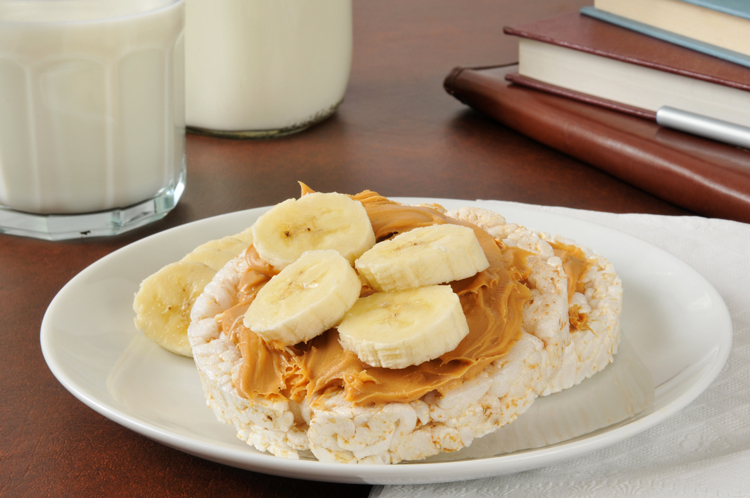
 Rice Cake Toppings
Rice Cake Toppings 
Spread rice cakes with toppings such as mashed avocado, peanut butter, or almond butter. Top with thinly sliced or quartered fruits and vegetables for added flavor, texture, and nutrition.
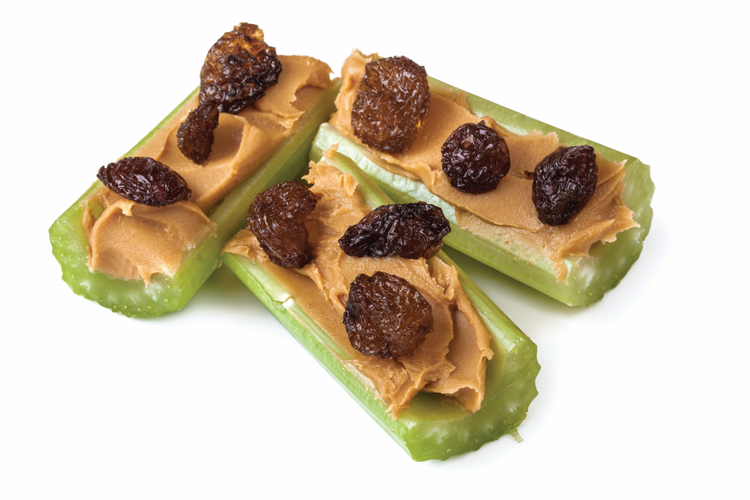
 Ants on a Log
Ants on a Log 
Wash celery sticks and cut into halves. Add peanut butter into the pit of each celery stick and spread lengthwise. Push raisins into the peanut butter for the “ants”.
NOTE: young children can choke on big chunks of peanut butter and dried fruit like raisins.